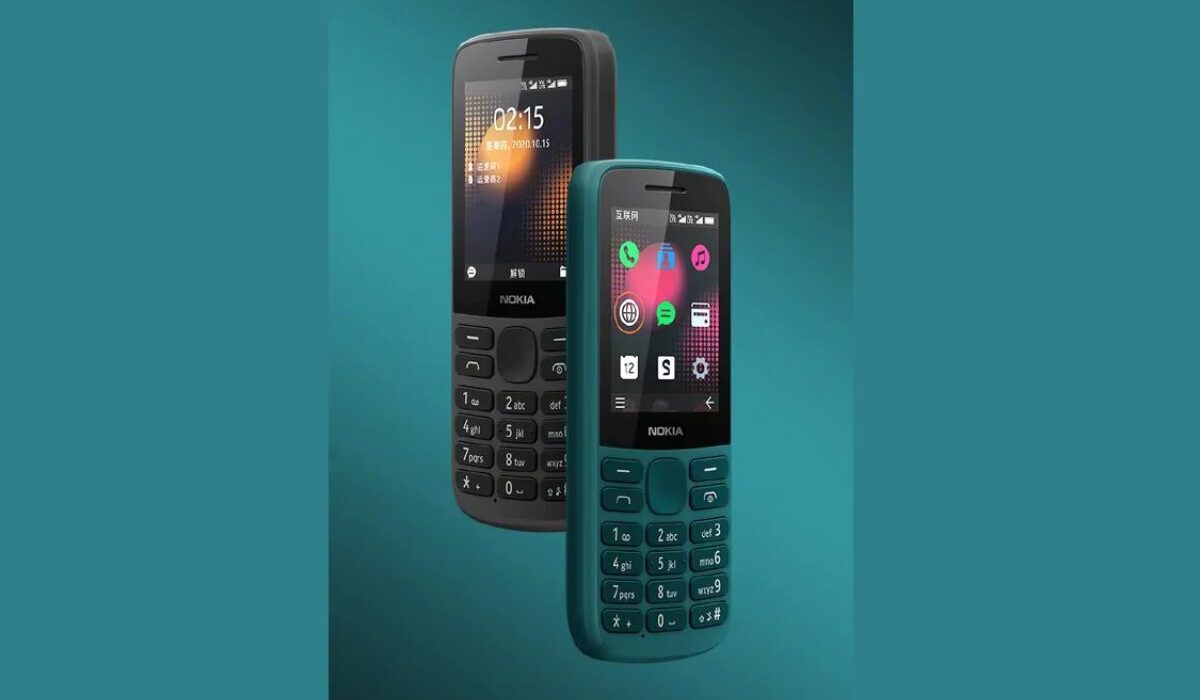You have probably heard of how people everywhere are buying smartphones. You may have read reports about how the feature phone is dying and will soon be forgotten. You have listened to pundit after pundit talk about how even a country like Nigeria has achieved a 30% smartphone penetration. The facts have always stared us in the face despite all of these though.
Upper class, middle class people and enthusiasts in big cities like Lagos look around and see smartphones everywhere. Of course, they would. They are surrounded by people like them – all together who make up less than 20% of the country’s population. Elsewhere – in towns and villages across the huge mass of the country and elsewhere in Africa, Asia, and South America – most people are still fingering the lowly feature phone.
However, no matter how much the clear evidence on ground is ignored, statistics cannot be dismissed. If interested in the stats, there are quite a few.

Here are a few statistics about feature phones and smartphones in Africa and around the world
- iTel recently pipped Samsung to become the biggest mobile brand in Africa. iTel achieved the feat by pushing more feature phones than anybody else.
- Counterpoint Research says that smartphone demand in Nigeria dropped by 19% in Q3 2016
- Counterpoint also says that feature phone shipments in Africa surged 32 percent year-over-year in the second quarter of 2016.
- Bloomberg reports that smartphone shipments in Africa declined by 5.2%.
- Over 60% of mobile users in India use feature phones.
- IDC says that the worldwide smartphone market grew 1.1% year over year in 2016 Q3. 1.1%.
Smartphones Have Hit A Plateau
Smartphone saturation has happened already in most of the developed world where penetration is high. And smartphone saturation is already setting in in many emerging markets but at a much lower point. Economic realities are behind this trend. Future economic realities may change this, but until that happens, the feature phone is alive and well, and it isn’t playing second fiddle to the smartphone on the global stage.
Towards the end of 2016, market analysis and research agencies like IDC, Counterpoint and others had to adjust their expectations and projections for smartphone penetration in many markets including for India (which is growing faster than many other markets).
You get to read news of how key emerging markets like China, India, Brazil, Nigeria and others have a large number of smartphones. A large number is relative. Penetration is what is important. And because of the large population of these markets, smartphone penetration remains low. Forget the hype: feature phones rule those markets.
With inflation galloping away and some of those markets in recession, smartphone shipment will decline some more. Well, unless someone finds a way to produce smartphones at the cost of feature phones. In the meantime, we are stuck with this situation.
The Feature Phone Will Stay… and Evolve
The truth is that feature phones never went away. And they are gaining more grounds. What’s even better: the feature phone is evolving, but not into the smartphone. Consider Reliance Jio’s move to launch a 4G feature phone. A $20 phone that gives you broadband internet access. Absolutely brilliant.
This is a time when proactive mobile manufacturers, networks, and developers will work on innovative solutions for feature phones. Because, as sure as the sun will rise tomorrow, innovations will come to feature phones. It is a question of who latches on to it and who does not. Wait for it.
